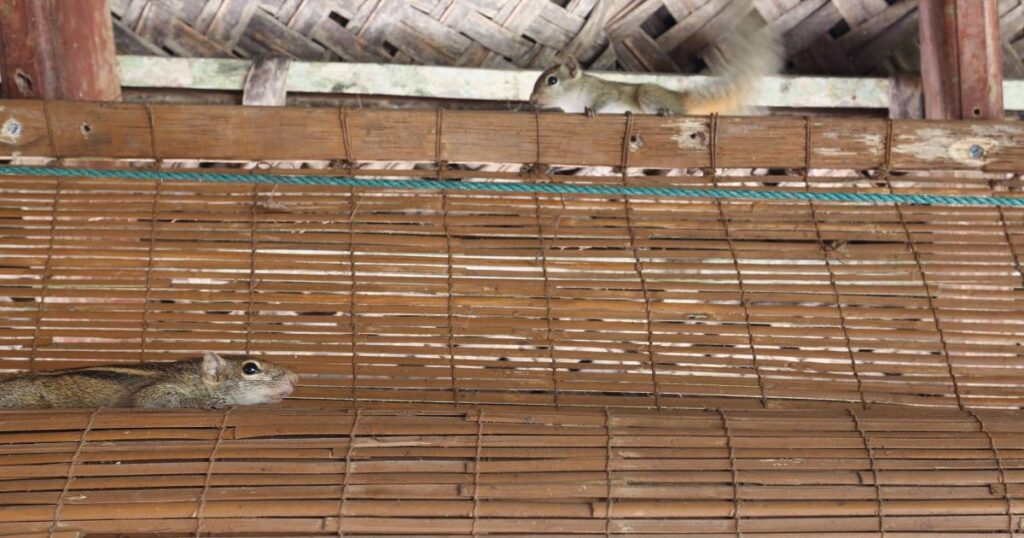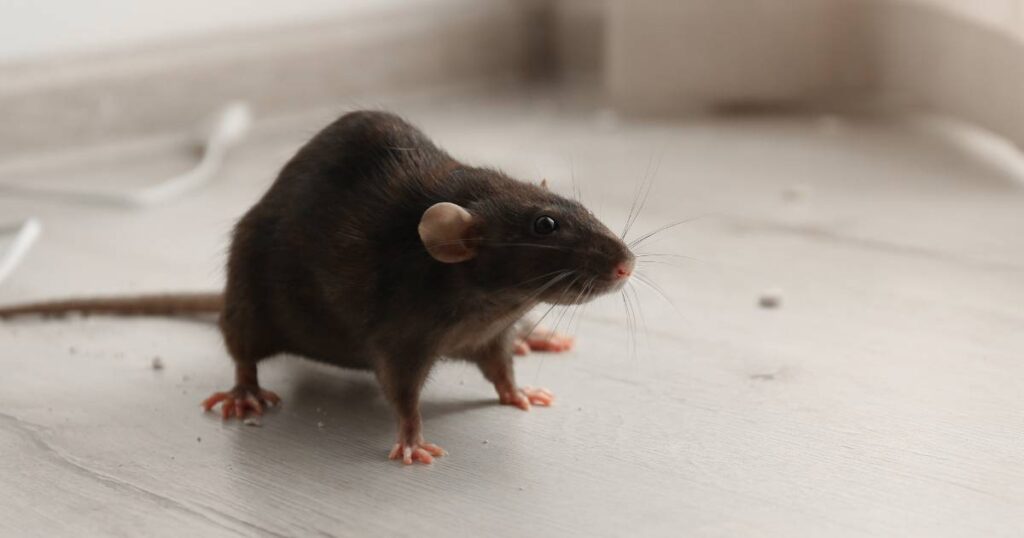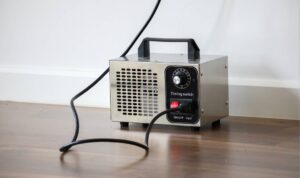Finding out you have animal in attic can be unsettling.
The soft patter of paws overhead or the sudden appearance of droppings can set off alarm bells.
Whether it’s rodents, raccoons, or birds, unwelcome attic dwellers can pose a variety of problems, from property damage to potential health risks.
In this guide, we will explore how to identify, manage, and prevent animals in your attic, with special attention to rodent proofing and pest control.
Identifying the Animals in Your Attic
The first step in addressing the issue is identifying what kind of animal has taken up residence in your attic.
Droppings, noises, and observed entry points can give you crucial clues.
For instance, a loud thumping noise might indicate larger animals like raccoons, while squeaking and rustling could point to a rodent issue.
Assessing the Damage
Animals in the attic can cause considerable damage. They can chew through wiring, damage insulation, and defecate or urinate, causing foul odors and potential health risks.
Assessing the extent of the damage will help you understand what you’re up against and what measures you need to take.
Health Risks
Some animals carry diseases that can be transmitted to humans. Rats and mice, for example, can carry Hantavirus, while raccoons can carry rabies.
If you suspect you have animals in your attic, it’s essential to act quickly to mitigate any potential health risks.

Trapping and Removal
Depending on the type of animal, there are various humane trapping and removal techniques available.
For smaller animals like rodents, snap traps or catch-and-release traps may suffice.
For larger animals like raccoons or squirrels, cage traps are often used.
It’s crucial to follow all local laws regarding animal trapping and removal, and if you’re unsure about how to proceed, it’s best to consult professionals.
Rats in Attic
These rodents are not just a nuisance: they’re potential carriers of diseases such as leptospirosis and salmonella. Rats are also notorious for chewing through wires, insulation, and even wood, risking electrical fires and structural damage.
Moreover, their droppings and urine can contaminate your attic space, leading to unpleasant odors and potential health hazards.
Quick and effective action is crucial, involving a two-pronged approach of humane removal and preventative measures such as sealing entry points and eliminating food sources.
Squirrel Removal From Attic
The presence of squirrels in your attic can lead to a host of issues ranging from property damage to unsettling noise.
These agile rodents have a knack for gnawing on wood, wires, and insulation, potentially causing structural weaknesses and electrical hazards.
Additionally, they can build nests that clutter your attic and may contain parasites.
Squirrel removal from the attic is a task that needs to be handled with care to ensure the humane treatment of the animal and the effective prevention of future invasions.
This often involves identifying entry points, setting up humane traps, and relocating the trapped squirrels far enough away that they won’t return.
It’s also important to seal up any openings through which they entered initially to prevent new guests from taking up residence.
Raccoon in Attic
Raccoons can tear through roofing materials, dislodge insulation, and even damage electrical wiring, all of which can lead to expensive repairs.
Furthermore, raccoons are potential carriers of diseases like rabies and parasites such as ticks and fleas.
Removing a raccoon from your attic is generally not a DIY project; their aggressive nature and the potential health risks they pose make it advisable to seek professional assistance.
Experts can humanely trap and remove the raccoon, as well as guide you through the process of sealing entry points to prevent future intrusions. Ensuring your attic is inhospitable to raccoons, by removing food sources and potential nesting materials, is crucial for keeping them at bay in the long term.
Sealing Entry Points
Once the animal is removed, the next step is to prevent re-entry. This involves identifying and sealing all potential entry points like holes, vents, and gaps in the roofing or walls. Special attention should be paid to the materials used to seal these points: they need to be sturdy enough to withstand future attempts at intrusion.

Cleaning and Sanitizing
After the animals are removed and the entry points sealed, it’s crucial to clean and sanitize the area to remove any lingering odors, droppings, or urine. Failure to do this can attract other animals, creating a vicious cycle of infestation.

Community Support and Reporting
It’s good to be aware of your community’s resources for handling wildlife intrusions. Some local governments offer free or discounted services for trapping and removing certain types of animals. Reporting your issues can also alert neighbors to potential problems they might also face.
When to Call the Professionals
If you’re facing persistent issues, or dealing with animals that pose a significant health risk, it may be time to call in professionals. They have the expertise and equipment to deal with the situation safely and effectively.
Animals in the attic can be more than just a nuisance: they can be a genuine concern requiring immediate action. From trapping and removal to rodent proofing and pest control, there are multiple steps involved in effectively dealing with these unwanted guests. By taking a comprehensive, informed approach, you can reclaim your attic space and restore your peace of mind.



